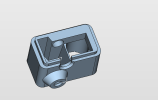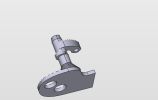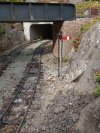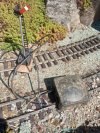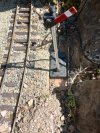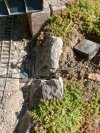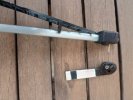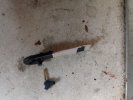Cobalt6700
Registered
I'm currently working on a decoder to animate signals - with acceleration in / out plus some bounce. I wont take over this thread but I'll be sure to post something soon. I think it would be spot on for these signals 
Thanks, I could send you the files to get you started.AlanL This project is of great interest to me. I'm currently designing modern signals, but I'd love to be able to print semaphores as well. Yours look great! I shall endeavor to make mine looks half as good in the future.
Sounds great, my signals are either on or off, I was just glad that they moved at allI'm currently working on a decoder to animate signals - with acceleration in / out plus some bounce. I wont take over this thread but I'll be sure to post something soon. I think it would be spot on for these signals
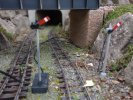
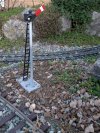
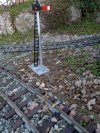
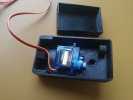
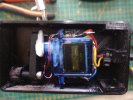
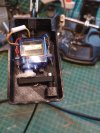
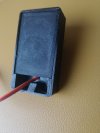
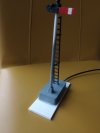
This may be of interest re the bounce for the signalsI'm currently working on a decoder to animate signals - with acceleration in / out plus some bounce. I wont take over this thread but I'll be sure to post something soon. I think it would be spot on for these signals
I use the excellent Megapoints System 2 to servo control all my points. Next stage is to add semaphore signals (hence my interest in this thread) - bounce is already programmed in to System 2 as a selectable option on each servo channel. Mine is a loft layout so can't comment on best way to weather-proof them.I'm currently working on a decoder to animate signals - with acceleration in / out plus some bounce. I wont take over this thread but I'll be sure to post something soon. I think it would be spot on for these signals
I also have used the Megapoints controllers to do semaphores. They have a really nice semaphore control function in them - I pretty much consider the Megapoints controllers the 'gold standard' for semaphore animation out of all of the semaphore controllers I have tested (which is a fair few now!).I use the excellent Megapoints System 2 to servo control all my points. Next stage is to add semaphore signals (hence my interest in this thread) - bounce is already programmed in to System 2 as a selectable option on each servo channel. Mine is a loft layout so can't comment on best way to weather-proof them.
Guilty as charged and well spotted at the show.having read your thread, were these yours?
Then I add my congratulations to other's. My wife and I did a number of circuits of the traders at the show and, out of the four we found selling signal kits, they were ALL far too big in our opinion - even for 16mm scale.Guilty as charged and well spotted at the show.
Alan
Yes indeed! I've ended up mounting 8-channel Megapoints boards at all four corners of my layout in 'electrical cabinets' under the baseboards. However, I've just disconnected the CAN-bus cabling in favour of the WiFi networking capability which works a treat.However, the issue with the Megapoints controllers is that, like most other controllers on the market, is that they are 'huge'. Not a problems if you are working inside, however siting these outside either requires waterproof enclosure's local to the points / signals (did that on a temporary basis - boxes not easy to hide!) OR remote to the points / signals (also done that - lots of long distance shielded cabling!).
Useful to know, thank you, Alan..As for servos outside, the SG90 copies I have, haven't lasted that well. The MG90 copies I have (20+) seemed to have lasted well so far - have been outside a year and only 1 has given me issues.
No problems at all BertUseful to know, thank you, Alan..
PhilP.
No worries, I thought we were making up names for each otherOoops!
Comes from being too hasty..
You never get anywhere, if you are too hasty...
PhilP.
Thanks for your complements. The lack of choice and the expense encouraged me to design my own semaphores. Helped by the purchase of a 3D printer.In the meantime, would it be possible to purchase copies of the 3D files from you?
Interesting, I thought that the difference was metal gears vs plastic gears. There must be more to the mg90 servos than the gears. Better overall quality perhaps?As for servos outside, the SG90 copies I have, haven't lasted that well. The MG90 copies I have (20+) seemed to have lasted well so far - have been outside a year and only 1 has given me issues.
